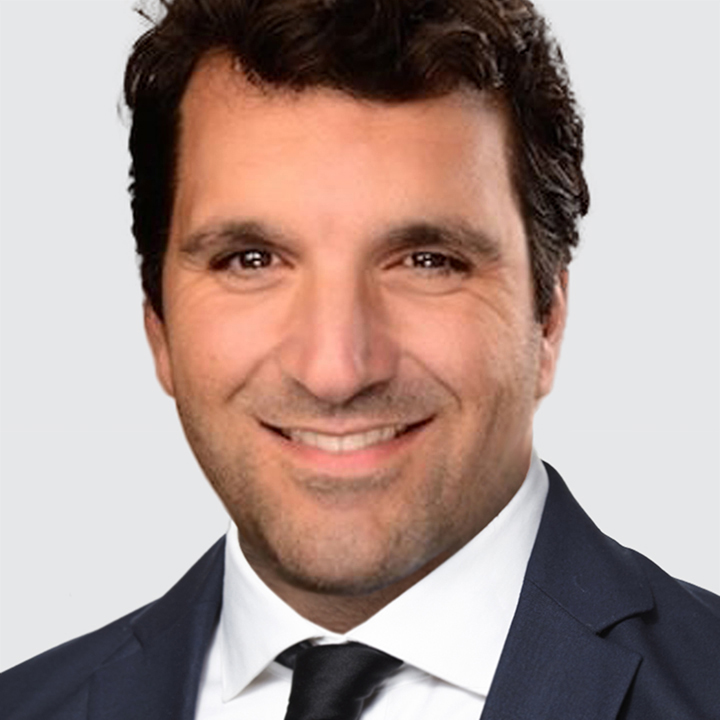Still Waters Before Central Bank Waves
US
USD is mixed under Friday’s high. Escalating military tensions in the Middle East can continue to lend USD a safe-haven bid. However, we would look to fade USD strength as the fundamental downtrend is intact: (i) we look for a dovish Fed hold this week, (ii) the Trump administration implicitly supports a weaker dollar, (iii) the US economy faces stagflation risk, and (iv) confidence in US trade, fiscal, and security policies has taken a big hit.
Brent crude oil prices is down under $75/bbl after spiking as much as 12% to a high of $78.5/bbl on Friday. A closure of the Strait of Hormuz by Iran, where nearly one-fifth of global oil shipments pass through, is the biggest upside risk to crude oil prices. However, we doubt Iran will shut down the strait. First, Iran relies heavily on this passageway for its own exports. Closing it would cripple its own economy. Second, the US and allies maintain strong naval presence in the region. Blocking the strait could trigger severe military repercussions against Iran.
The G7 leaders’ summit kicked off Sunday and will wrap up Tuesday. Trade discussions will be high on the agenda just weeks before the US 90-day tariff pause ends on July 9. President Donald Trump said he expects some trade deals to be made at the summit.
CHINA
USD/CNH is trading heavy under key resistance at 7.2000. China’s May real sector data was mixed. Retail sales grew more than expected by 6.4% y/y (consensus: 4.9%, April: 5.1%), the most since December 2023. An annual shopping festival that started earlier than usual boosted retail sales activity in May. In contrast, industrial production growth undershot expectations at 5.8% y/y (consensus: 6.0%) vs. 6.1% in April while fixed-asset investment eased at an annual pace of 3.7% YTD (consensus: 4.0%) vs. 4.0% in April. Overall, China’s economic recovery remains fragile, and we expect more stimulus measures in the second half of the year.
EUROZONE
EUR/USD is slightly firmer around 1.1560 after testing a low of 1.1490 on Friday. Eurozone Q1 labor costs data is up next (10:00am London). The ECB projects labor costs growth to slow to 3.1% y/y in Q1 vs. 3.7% in Q4 and drift down to its historical average of 2.0% by 2027. The ECB is almost done easing, but low wage pressures leave room for the ECB to deliver more cuts if necessary. The swaps market implies just one 25bps rate cut over the next 12 months and the policy rate to bottom at 1.75%.

